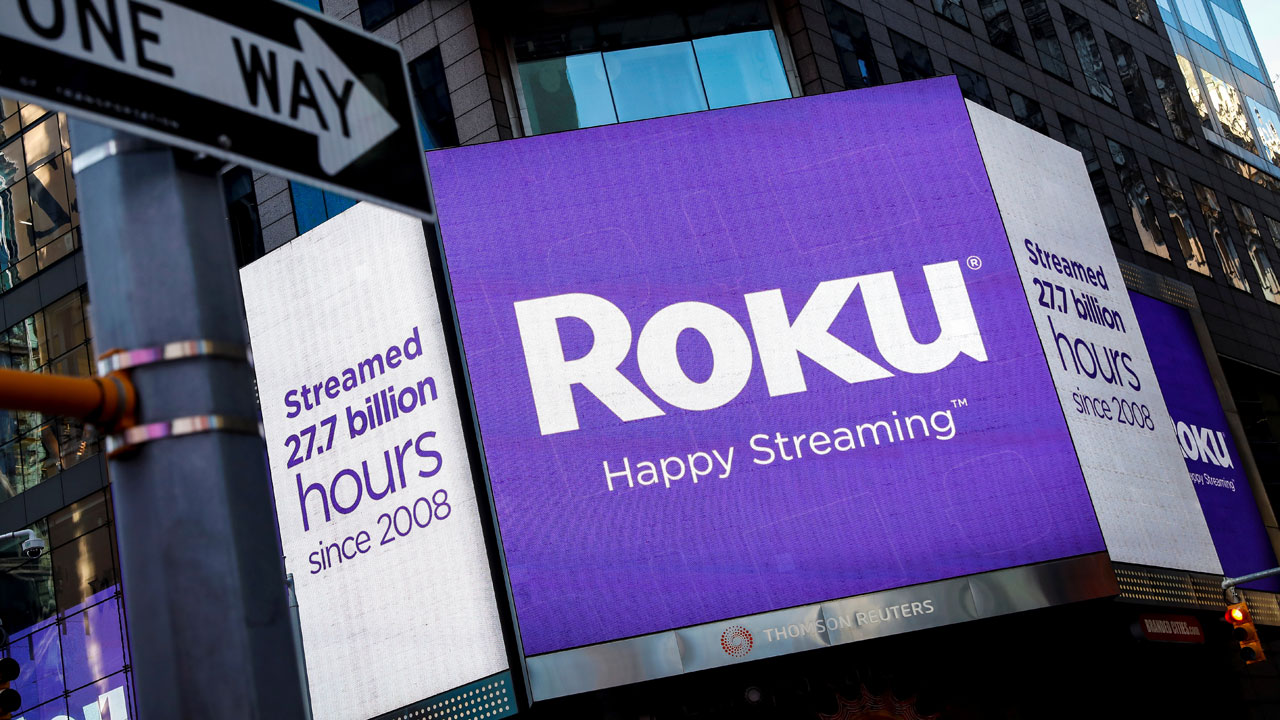Roku shares rise on deal that restores YouTube TV app
Streaming-device maker had removed YouTube TV app from its channel store in April
Shares in Roku Inc. jumped as high as 20% Wednesday after the streaming-device maker signed a multiyear agreement with Alphabet Inc. that restores the YouTube TV app to its service.
| Ticker | Security | Last | Change | Change % |
|---|---|---|---|---|
| ROKU | ROKU INC. | 102.75 | -0.91 | -0.88% |
Roku had removed the YouTube TV app from its channel store in April as part of a dispute over how search results were displayed on Roku’s platform. The YouTube TV app allows its subscribers to watch dozens of live-TV channels online for a monthly fee; the more popular free YouTube app has remained available on Roku.
GET FOX BUSINESS ON THE GO BY CLICKING HERE
The deal extends the agreement between the two companies and will make YouTube and YouTube TV available for all Roku streamers. Specific terms weren’t disclosed.
"This agreement represents a positive development for our shared customers," a Roku spokesman said.
A YouTube representative was unavailable for comment. It emailed users on Wednesday to say its TV app was back in the Roku channel store.
ROKU TAKES STAND AGAINST GOOGLE BY REMOVING YOUTUBE TV FROM STORE
Shares of Roku closed up 18.2% at $256.08 after earlier hitting a high of $260.99.
The stock rose about 148% in 2020 as the Covid-19 pandemic kept more people home and led to increased use of streaming.
Shares have fallen 35% this year, through Tuesday, amid a slowdown in adding new accounts. In November, Roku officials blamed the slowdown on supply-chain delays that disrupted the U.S. television market.
CLICK HERE FOR FOX BUSINESS' REAL-TIME CRYPTOCURRENCY PRICING DATA
The spat between Roku and YouTube TV echoed carriage disputes between cable carriers and their channels, and showed Roku’s role in the streaming era.
Roku is seen as the largest streaming-device maker in the U.S.
CLICK HERE TO READ MORE ON FOX BUSINESS
Roku sells smart televisions with built-in streaming technology, as well as devices that users can plug into TVs. The company generates the bulk of its revenue by selling ads on streaming channels and taking a share of the streaming services’ subscription revenue and ad inventory.




















